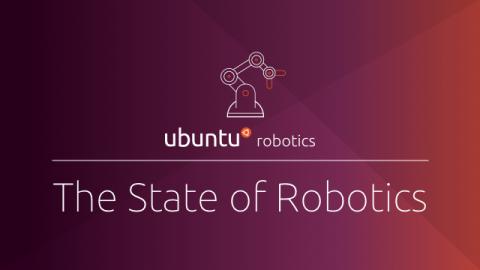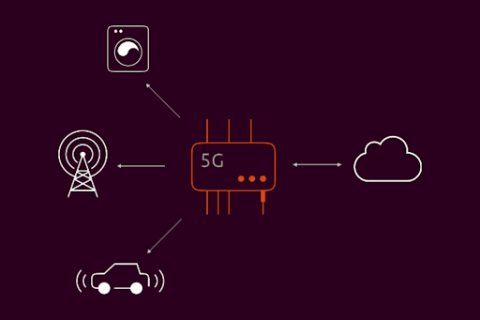The State of Robotics - February 2021
And that was February! A month where a rover showed what perseverance means and a small drone what ingenuity looks like. February will be remembered as the month where two robots landed on Mars, telling us all to “dare mighty things”.











